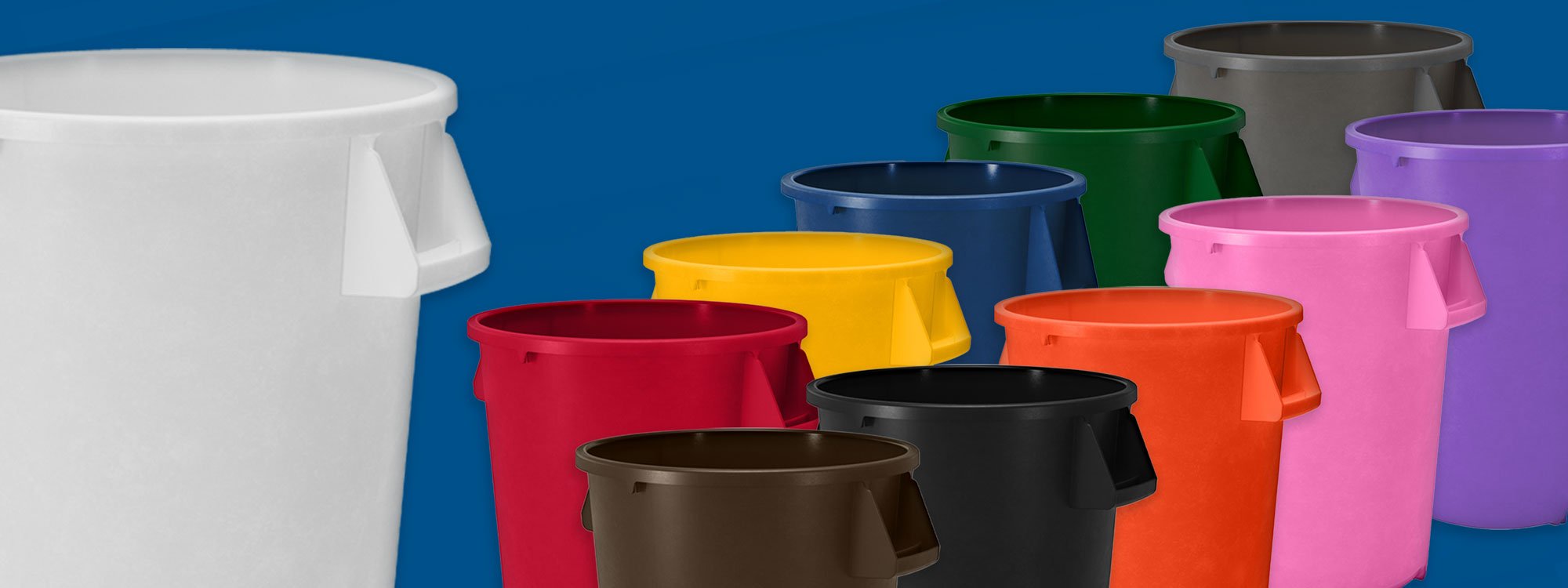
October 15, 2025
The Sparta Bronco Round Container is a testament to durability and smart design. It’s not just a basic c...
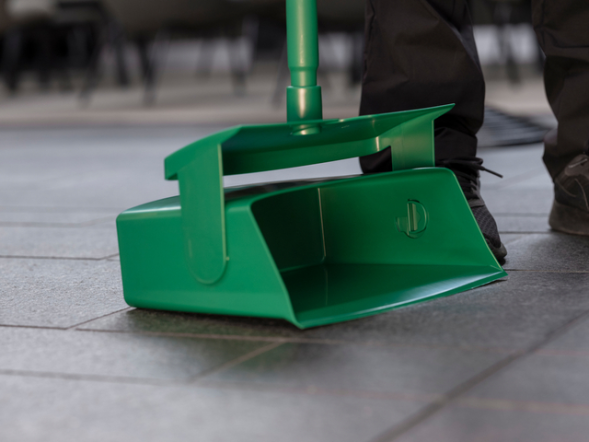
September 25, 2025
An innovative lobby dustpan that transforms commercial cleaning. This is not just a basic dustpan; it ha...
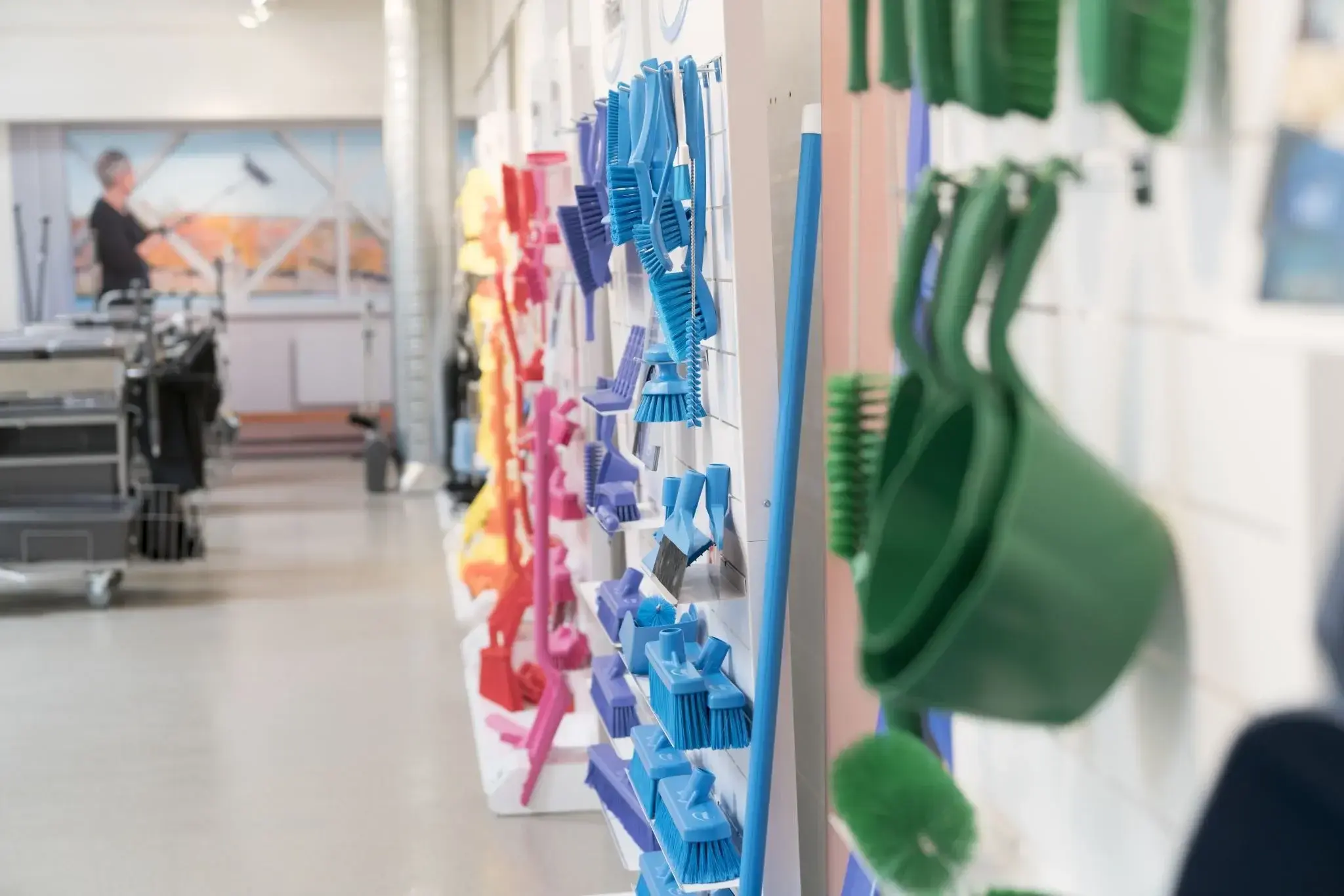
July 15, 2025
Food safety is a primary concern for any manufacturer, driven by existing and new threats that call for ...
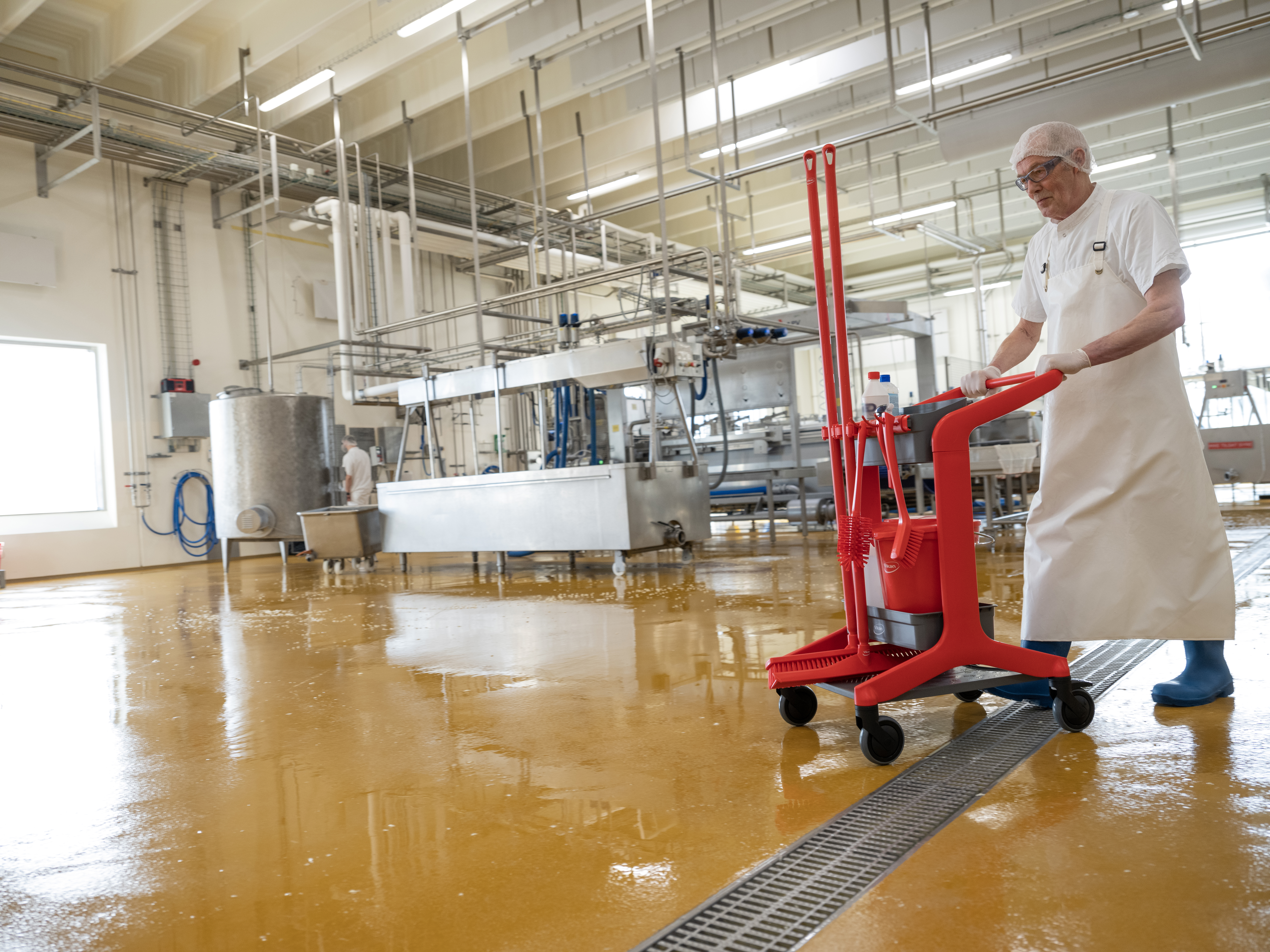
May 6, 2025
In the fast-paced food processing production area, maintaining order, preventing cross-contamination, an...
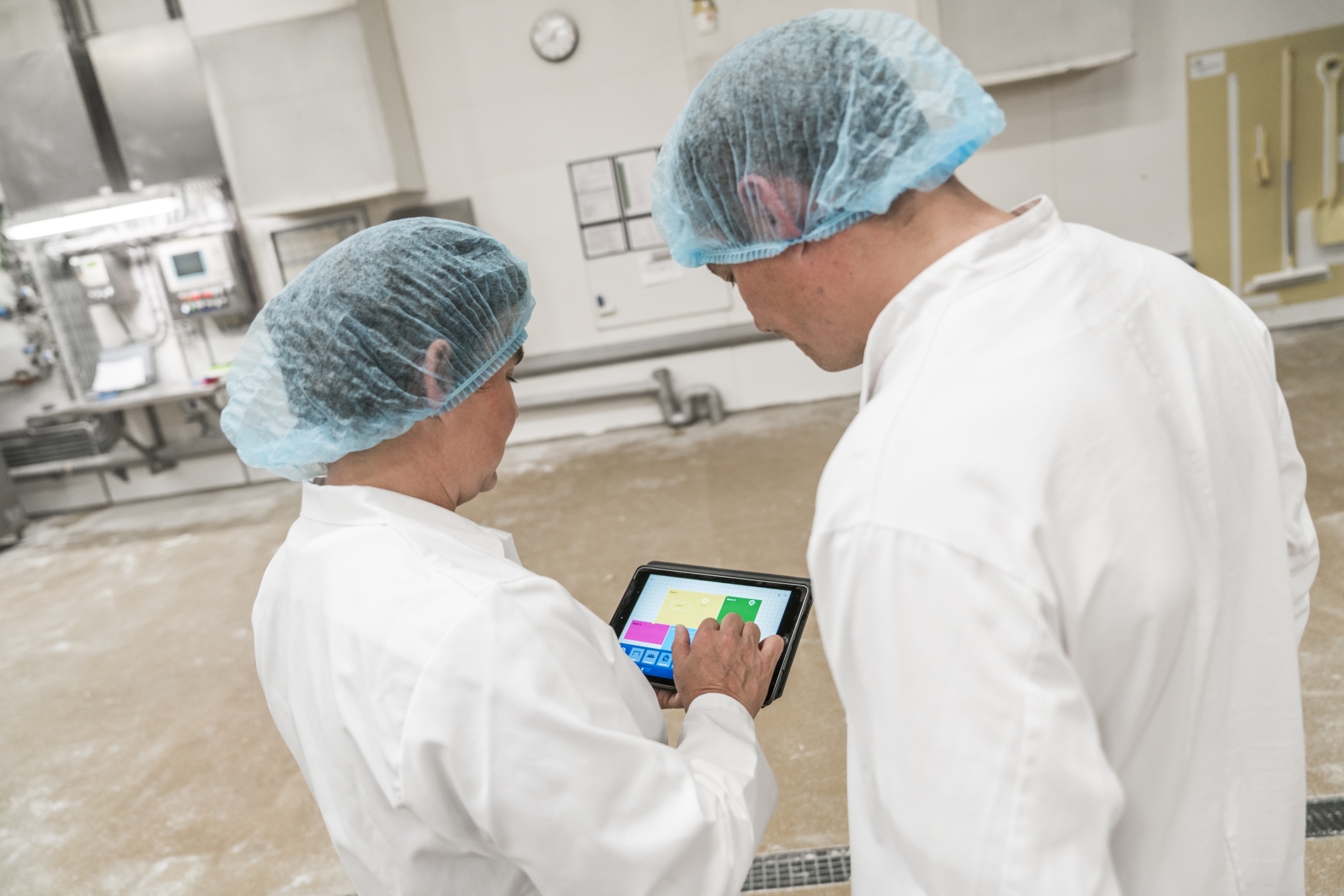
April 14, 2025
In the food production and processing industry, tightly controlled systems and procedures are essential ...
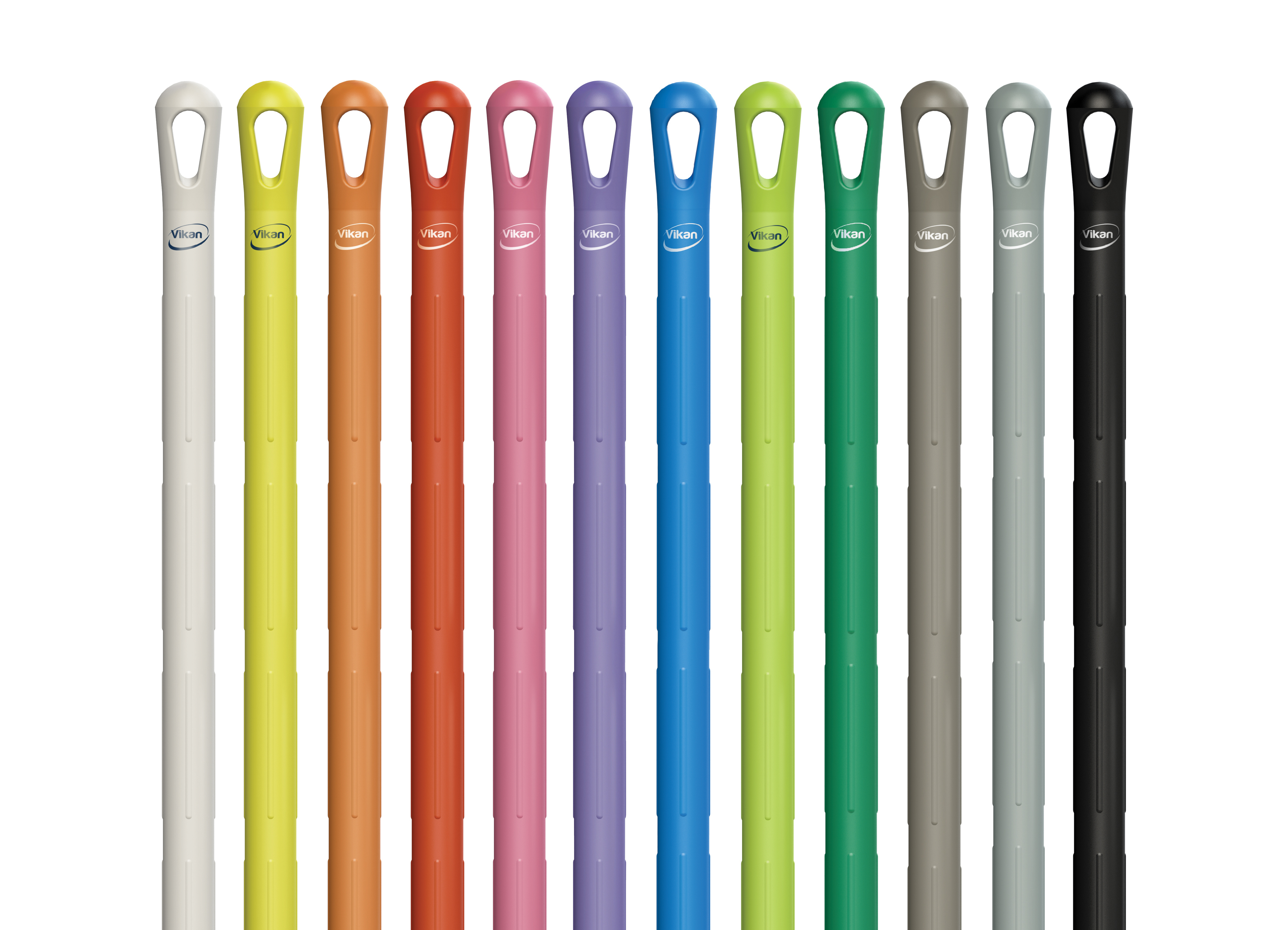
April 14, 2025
Below is a list of questions to ask if you are considering implementing color coding at your food proces...
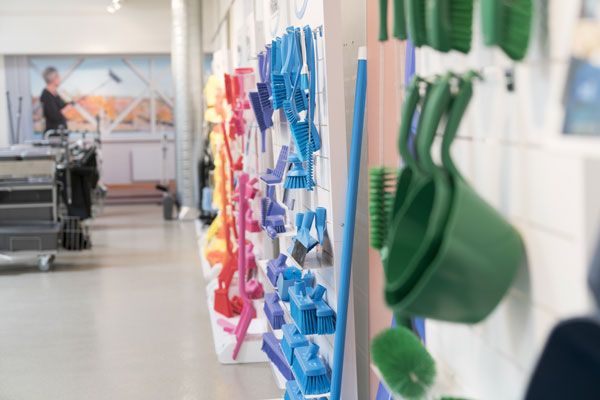
April 9, 2025
While much focus is placed on the production process itself, the behind-the-scenes hero for safe operati...
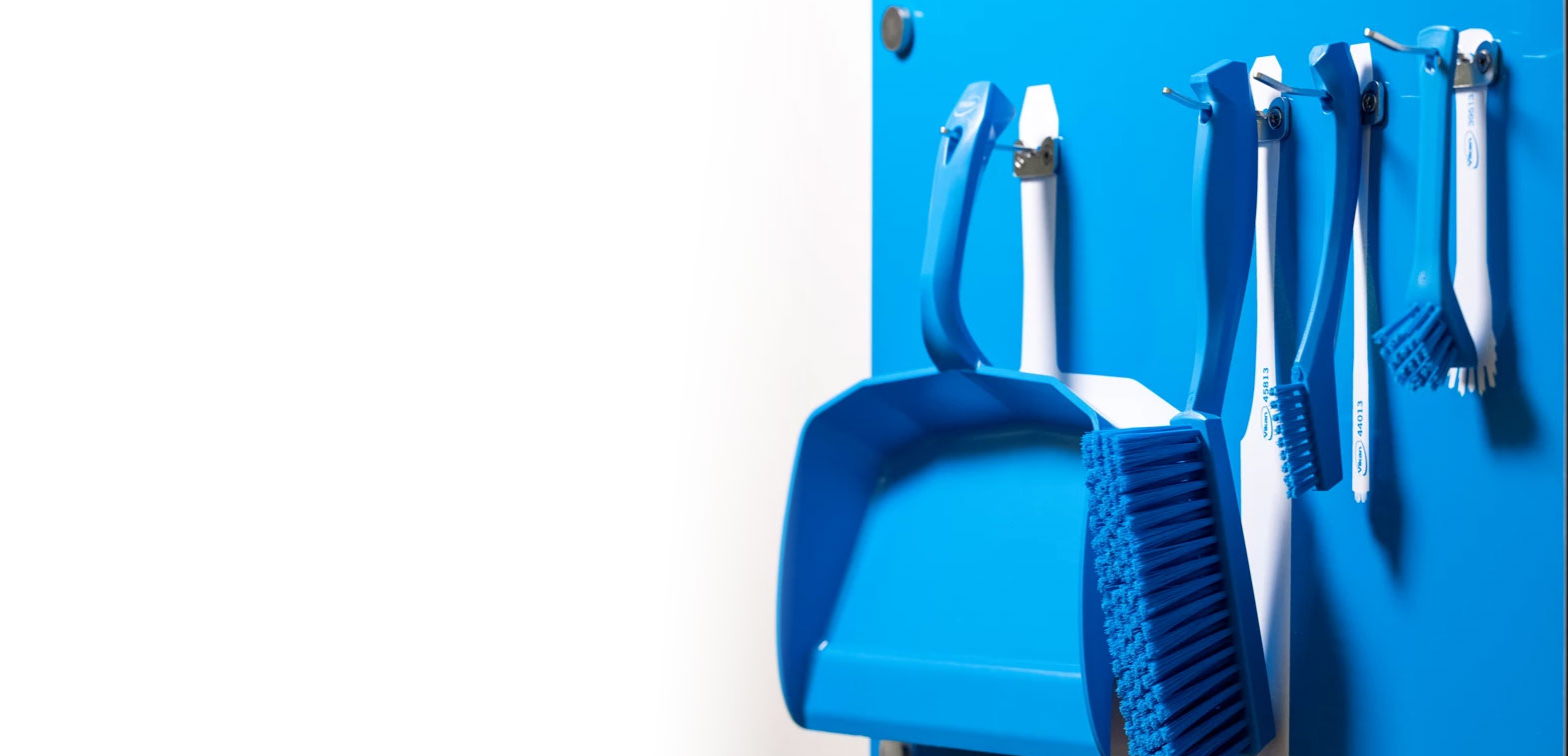
April 8, 2025
A well-designed color-coding system significantly enhances efficiency and safety, especially in industri...
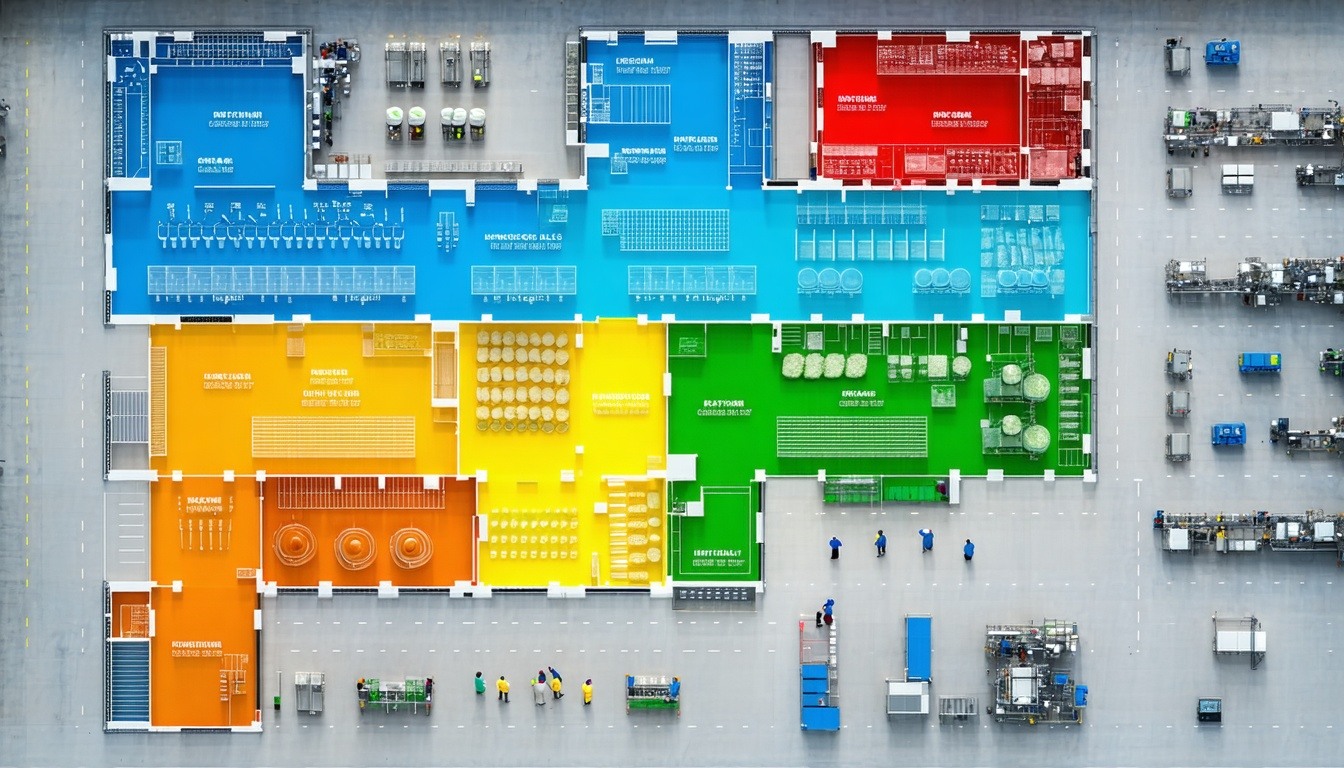
March 25, 2025
As Director of Safety and Corporate Compliance at Nelson-Jameson, one of my primary areas of focus is he...

March 25, 2025
In my day-to-day, I help the Nelson-Jameson team identify and provide the tools to serve every area of f...

February 21, 2025
Color-coding is key to helping ensure that a food manufacturing facility doing everything it can to prev...